
Bird Walk at Agacaim Mudflats, Goa
- Goa
- 21 September, 2025
- Rs 150/- per head
- Fee collected goes entirely to the bird guide. Ataavi does not retain or profit from this amount.
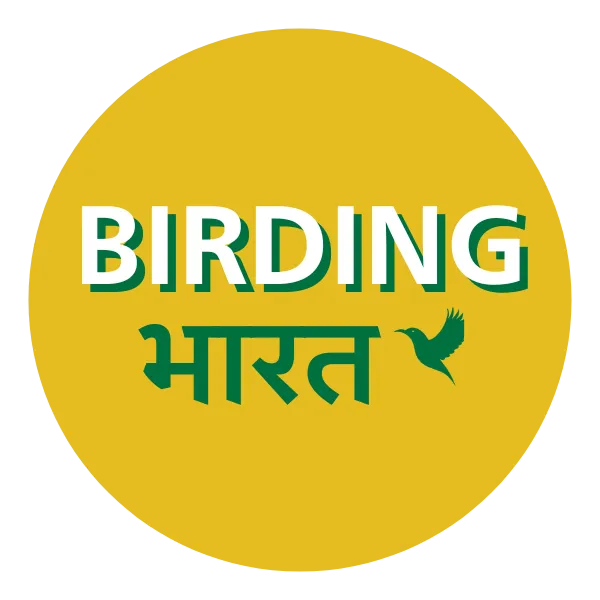
About Agacaim Mudflats
Agacaim Mudflats, located along the Mandovi estuary in North Goa, form an extensive intertidal habitat of saline marshes and tidal flats. Shaped by the ebb and flow of the river with seasonal monsoon influences, these mudflats provide a nutrient-rich ecosystem that supports a mosaic of invertebrates, fish, and aquatic vegetation. Their strategic position along the estuarine gradient makes them an important stopover and wintering ground for migratory waterbirds.
The habitat sustains flocks of waders such as sandpipers, plovers, and curlews, along with herons, egrets, and terns, making it a vital birding hotspot. Beyond avifauna, the mudflats contribute to estuarine productivity by cycling nutrients, stabilizing shorelines, and serving as nurseries for fish and crustaceans. Despite their ecological significance, Agacaim Mudflats face increasing pressures from coastal development, pollution, and land reclamation. Preserving this fragile ecosystem is crucial not only for migratory bird conservation but also for maintaining the ecological balance of Goa’s estuarine landscapes.
Partnered with


Bird Guide: Jalmesh Karapurkar
He is the coordinator of the Goa Bird Atlas initiative and serves as the eBird Reviewer for Goa, playing a key role in documenting avian biodiversity across the state. He also runs an inclusive ecotourism initiative aimed at making nature and wildlife experiences accessible and enriching for all.
Bird walk Location
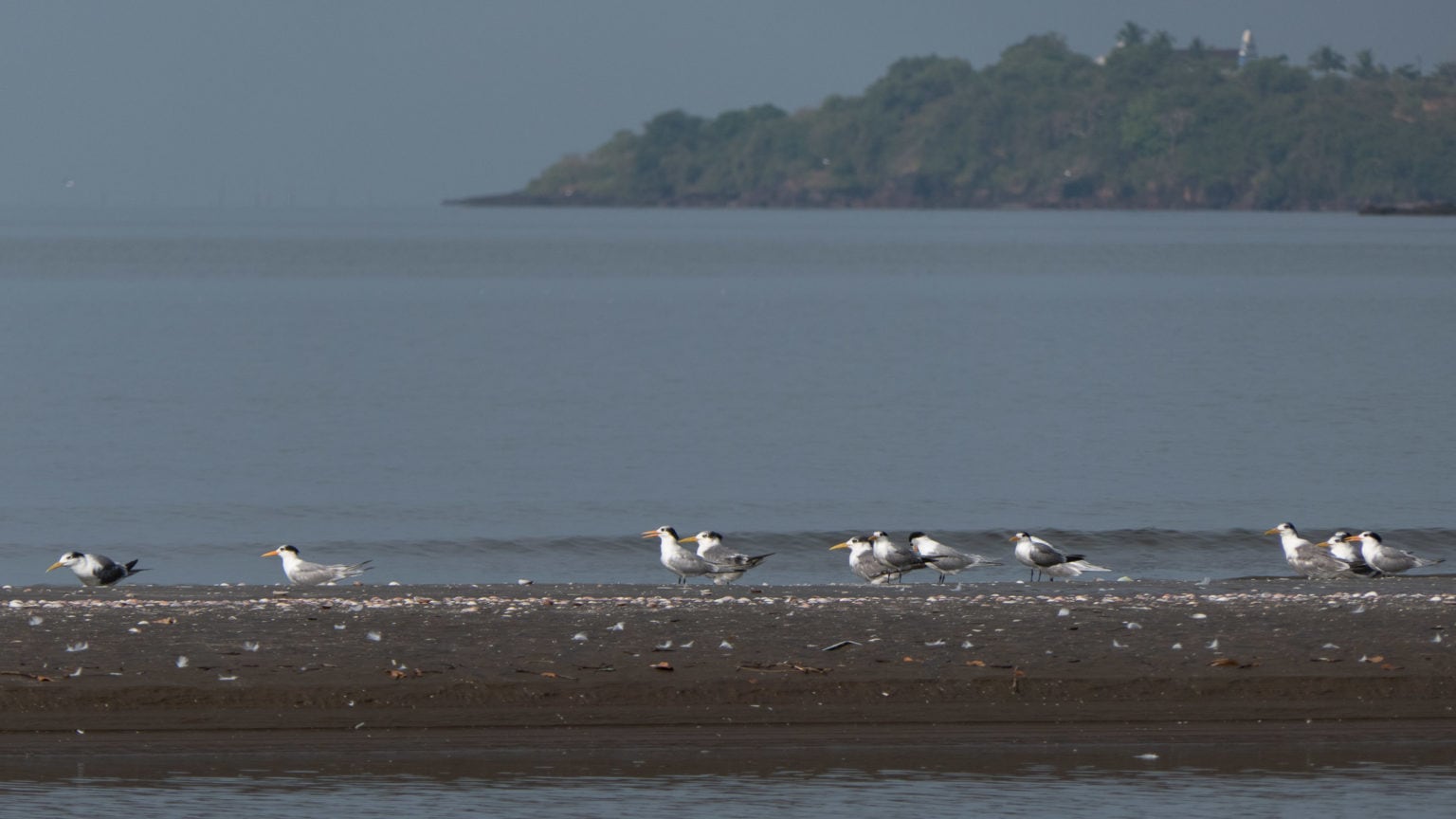
Common birds of Agacaim Mudflats
The Agacaim Mudflats, lying along the Mandovi estuary in Goa, are among the most important wintering sites for migratory waterbirds on the state’s coast. Every year, as the tide recedes, vast stretches of exposed mud attract large flocks of waders such as sandpipers, plovers, whimbrels, and curlews that probe the soft substrate for worms, mollusks, and crustaceans. These mudflats also host impressive gatherings of greater and lesser flamingos, often seen in pink-hued flocks feeding in the shallow waters, along with species like black-winged stilts, avocets, and terns.
Resident waterbirds such as herons, egrets, and kingfishers share the habitat year-round, while winter months bring an influx of northern migrants including gulls and ducks. This seasonal congregation makes Agacaim a birdwatcher’s delight and a crucial site in the migratory network along India’s west coast. The diversity and abundance of birdlife highlight the ecological richness of the mudflats, while also underlining the importance of conserving this fragile estuarine ecosystem in the face of growing developmental pressures.
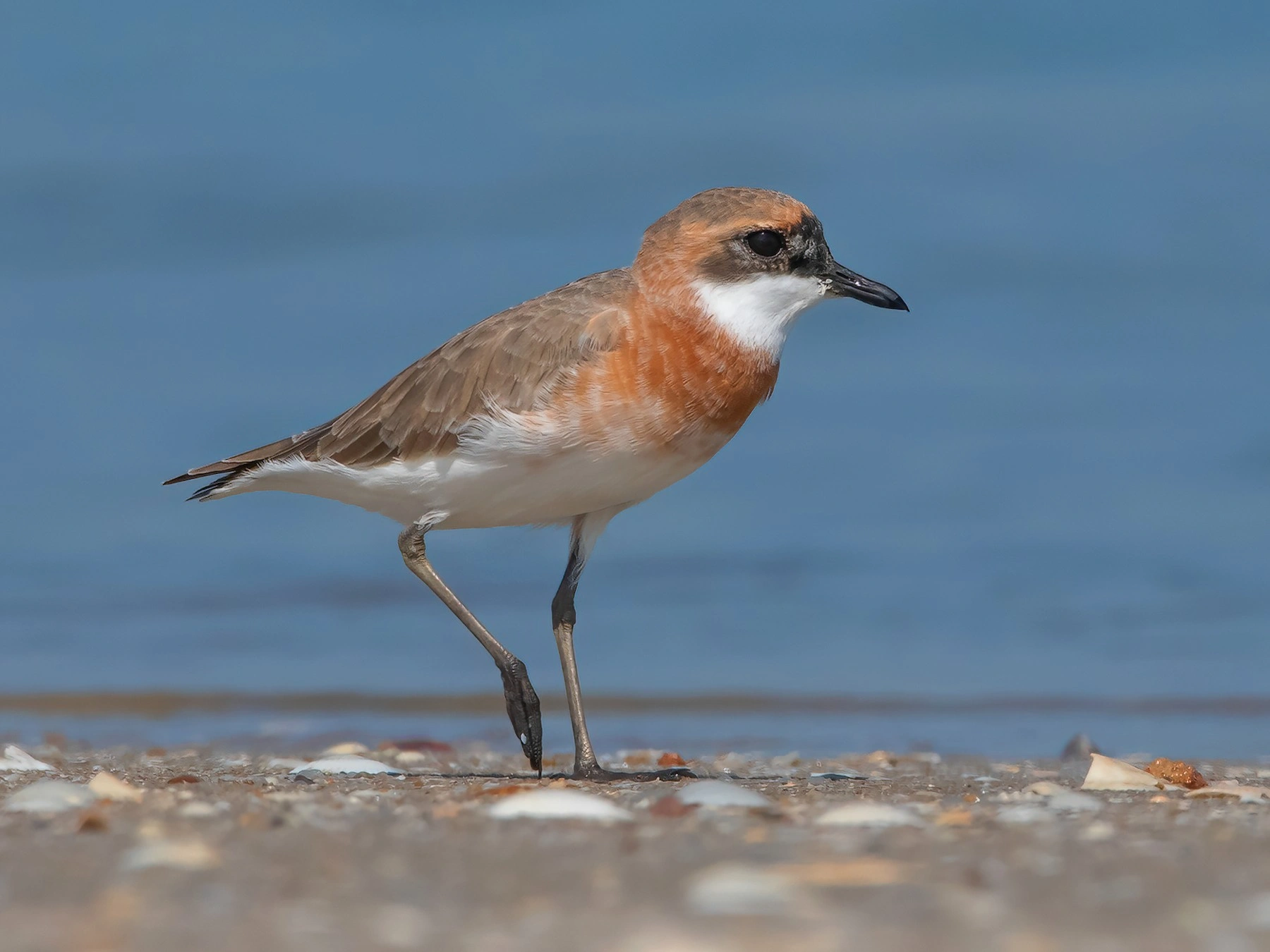
Tibetan Sand-Plover
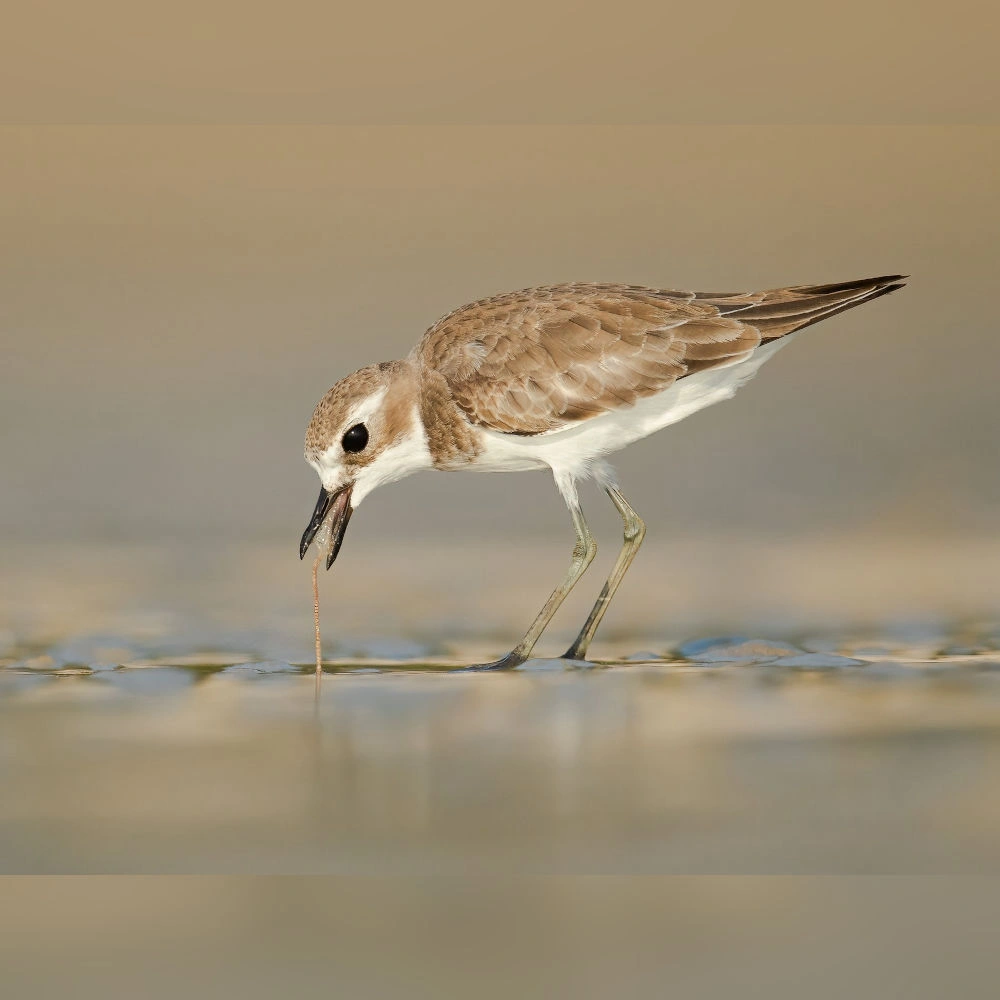
Greater Sand-Plover
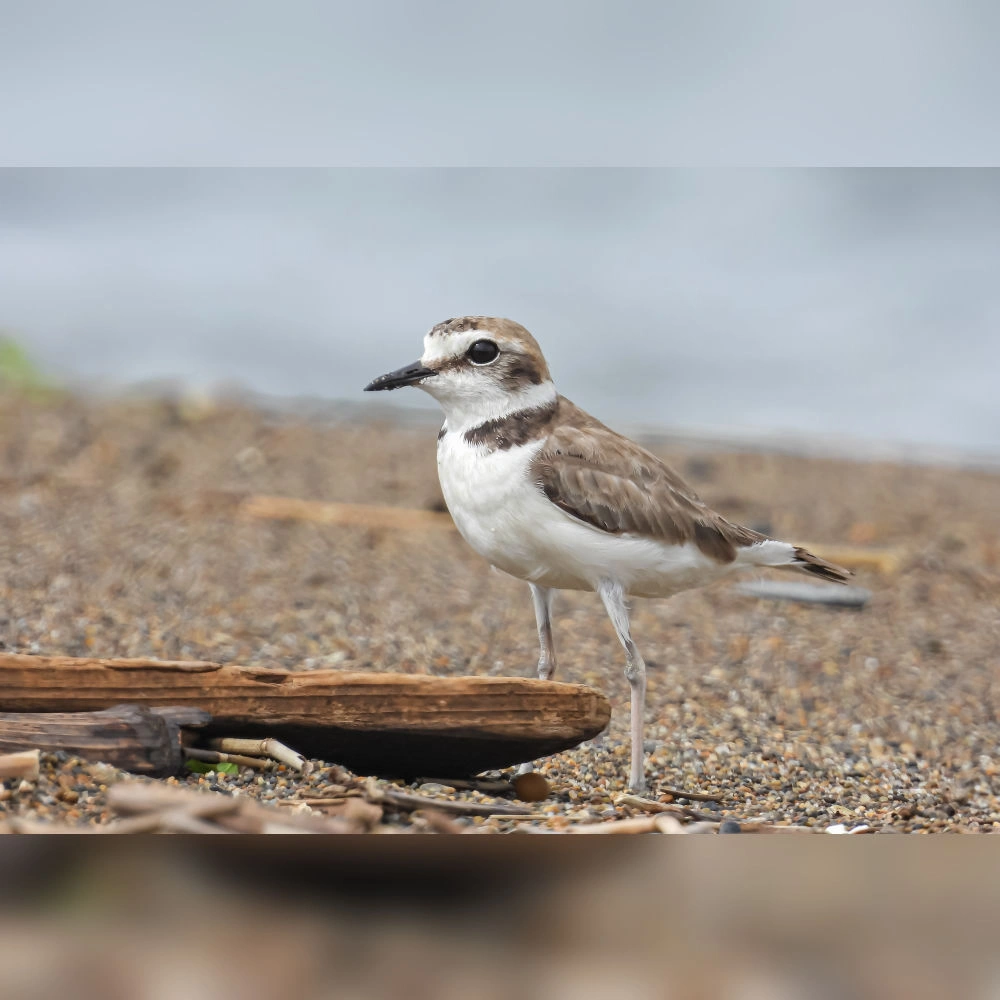
Kentish Plover
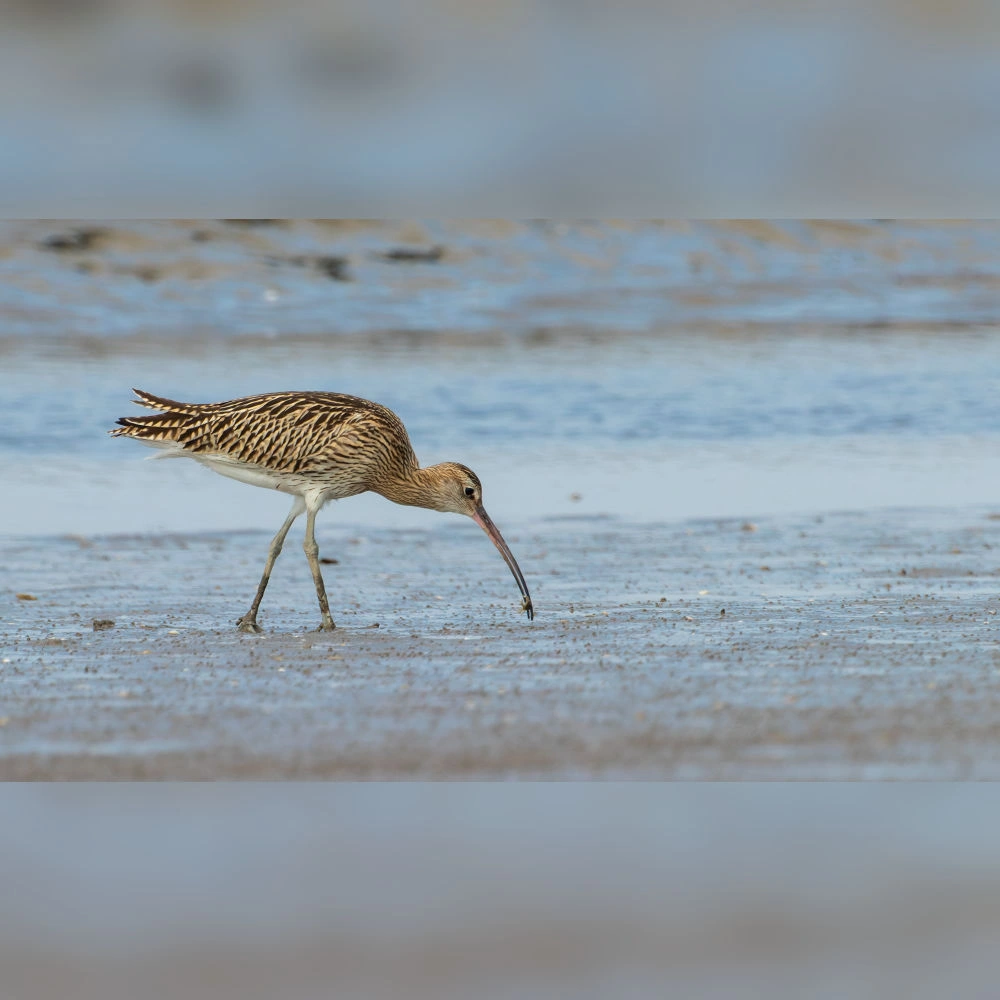
Eurasian Curlew
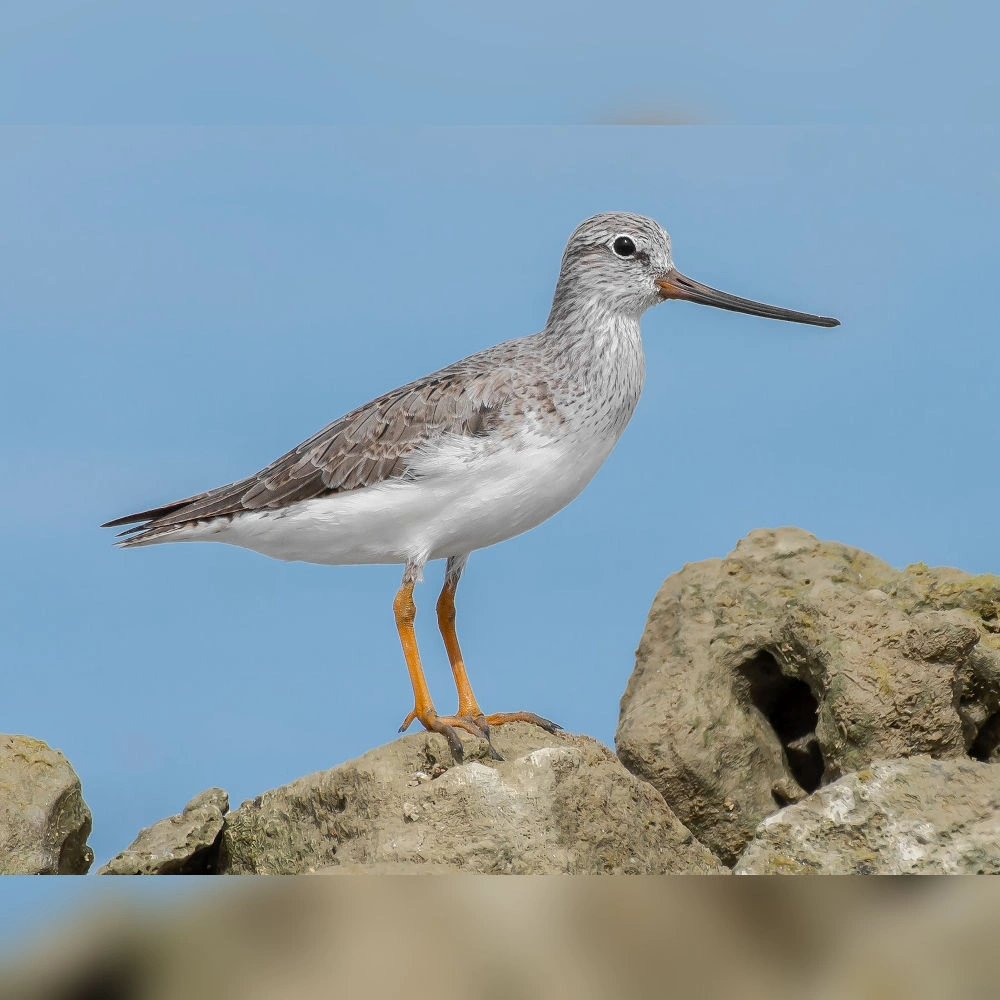
Terek Sandpiper
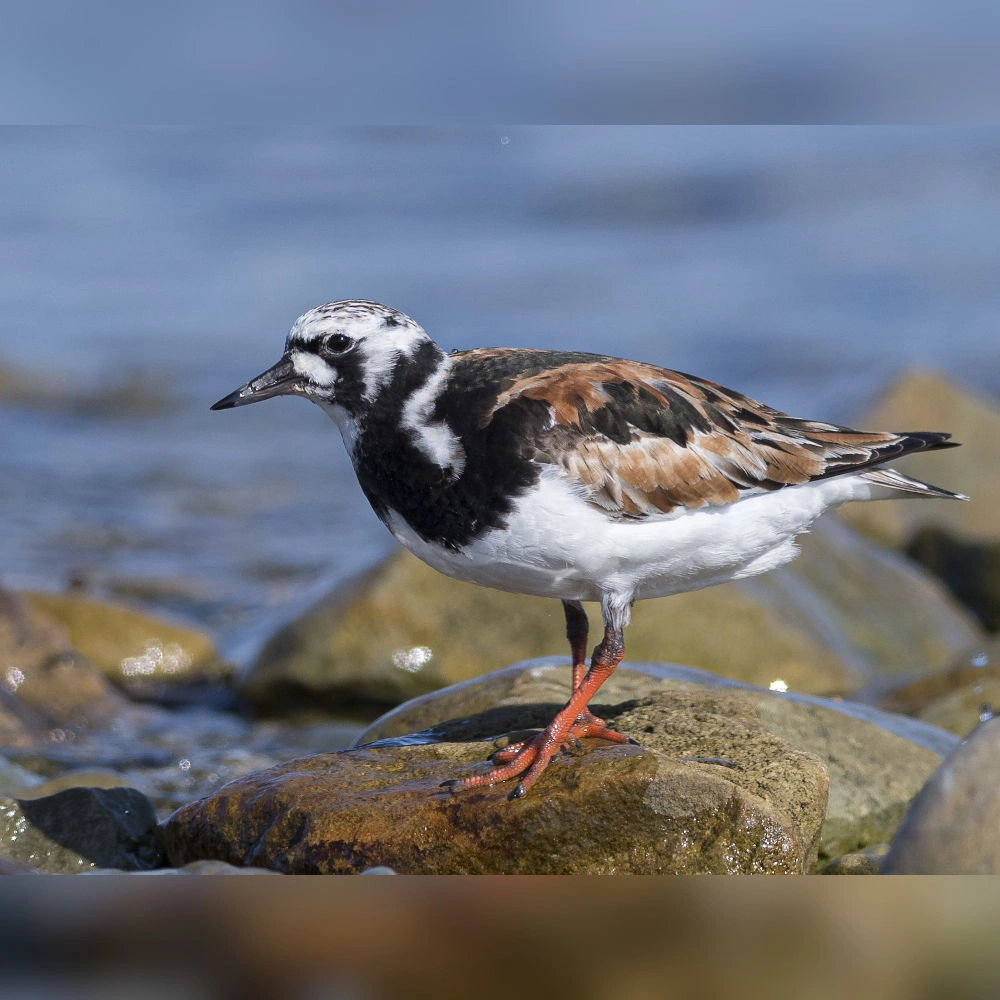
Ruddy Turnstone
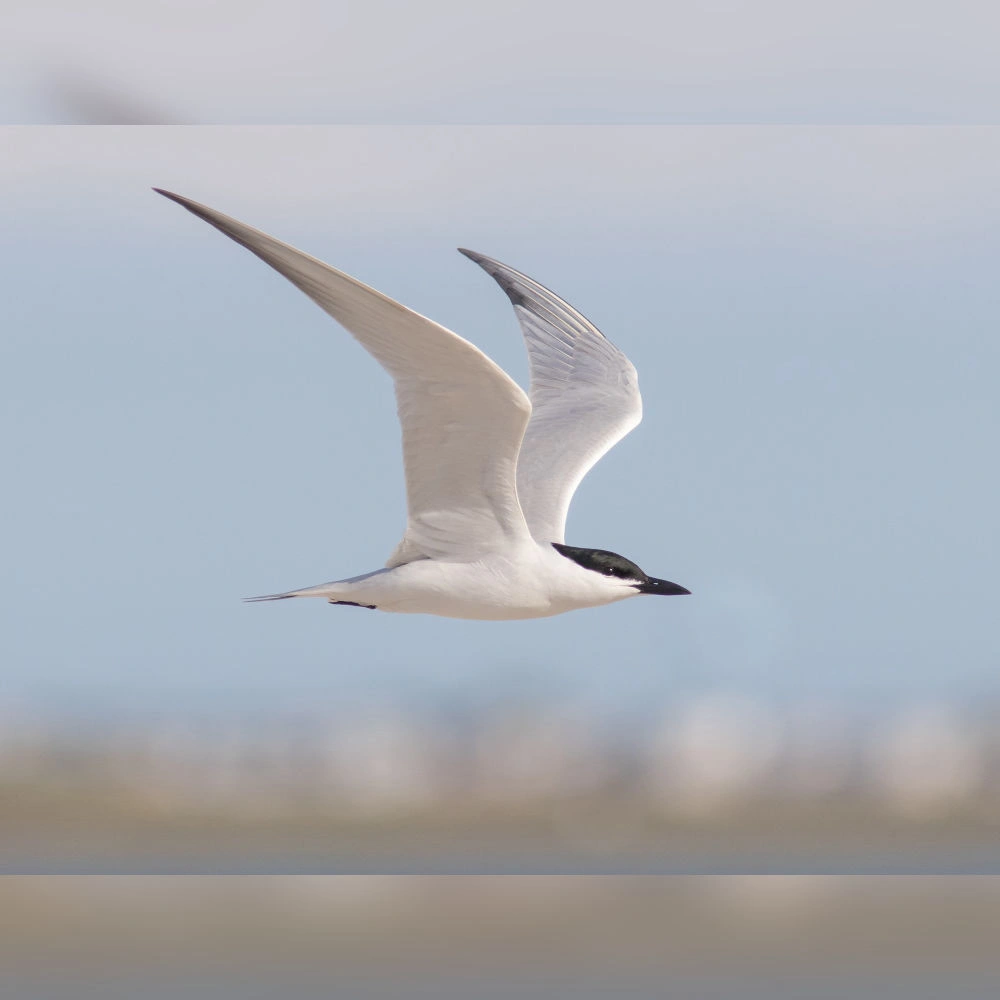
Gull-billed Tern
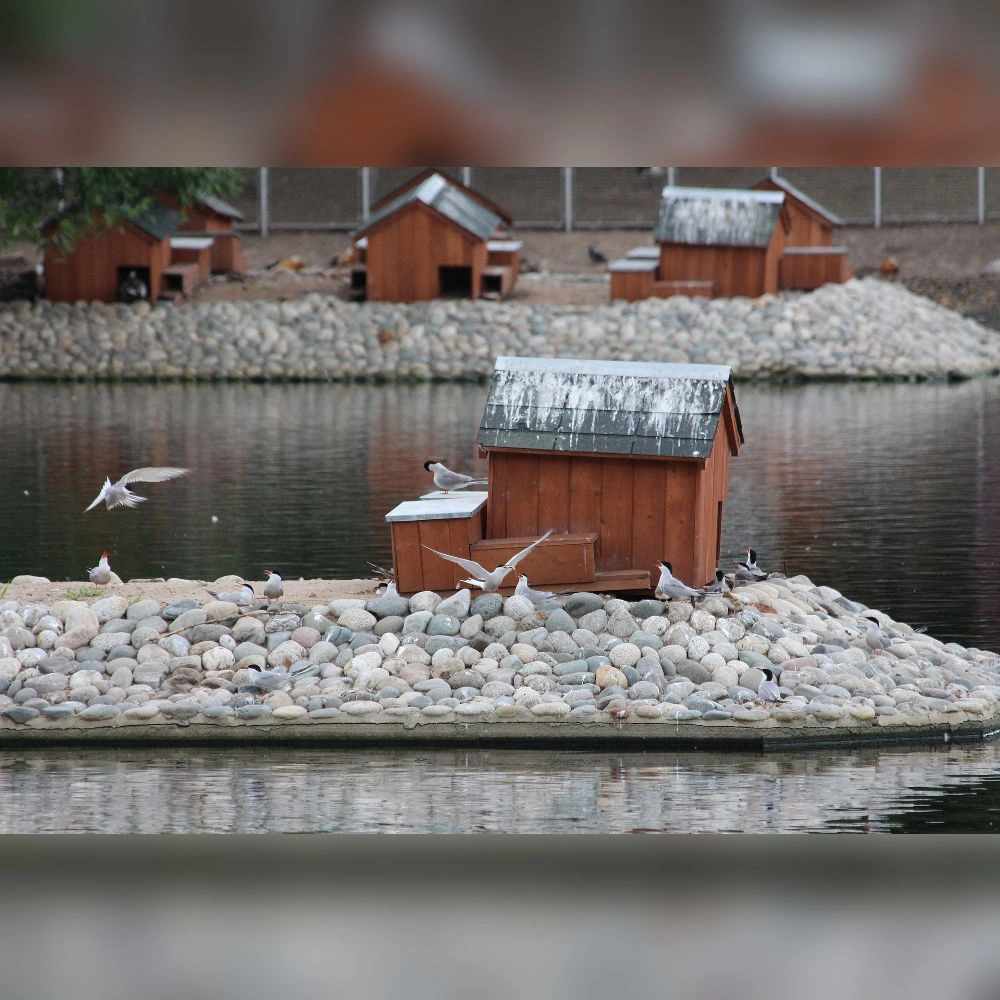
Caspian Tern
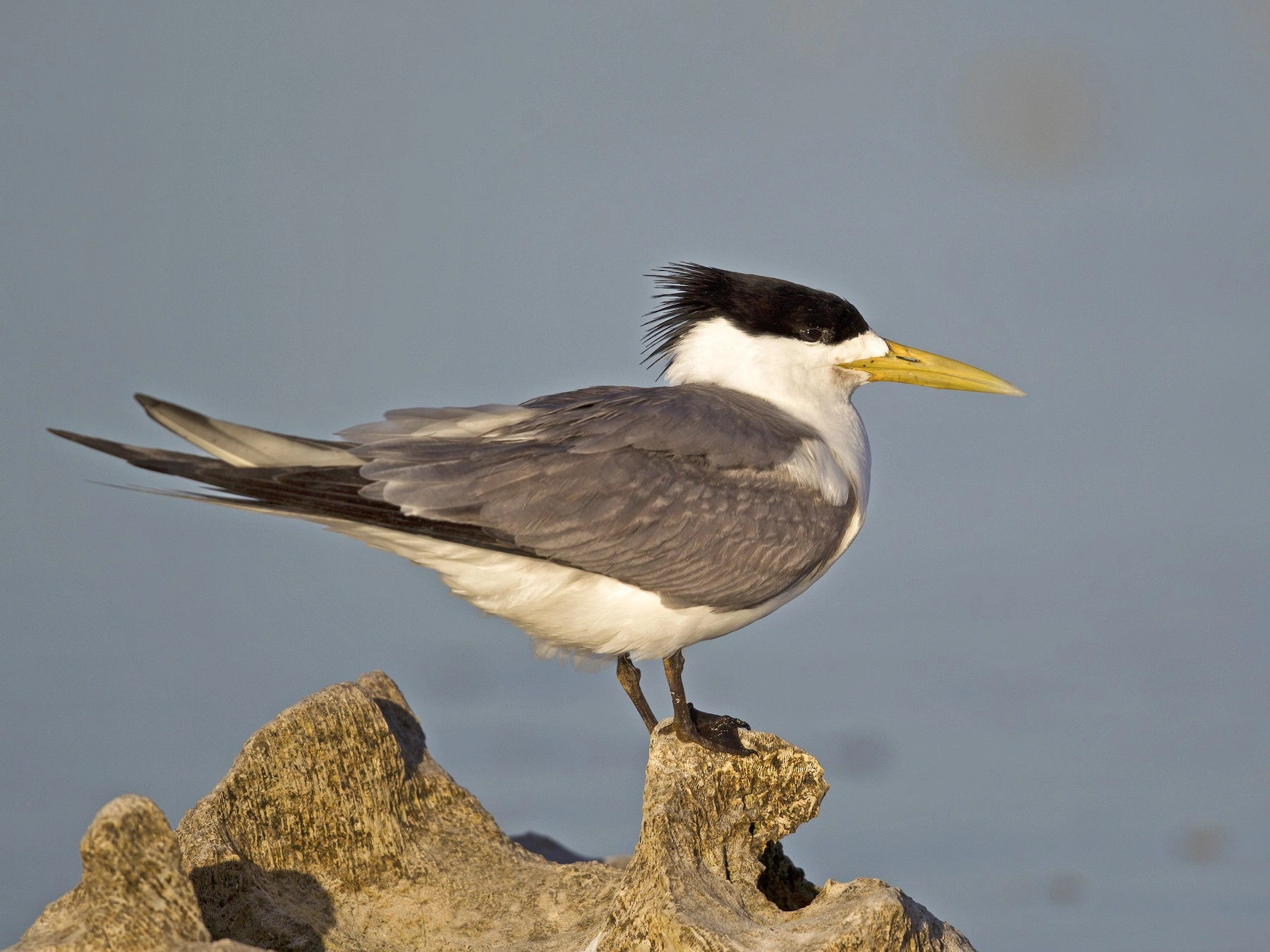
Great-crested Tern
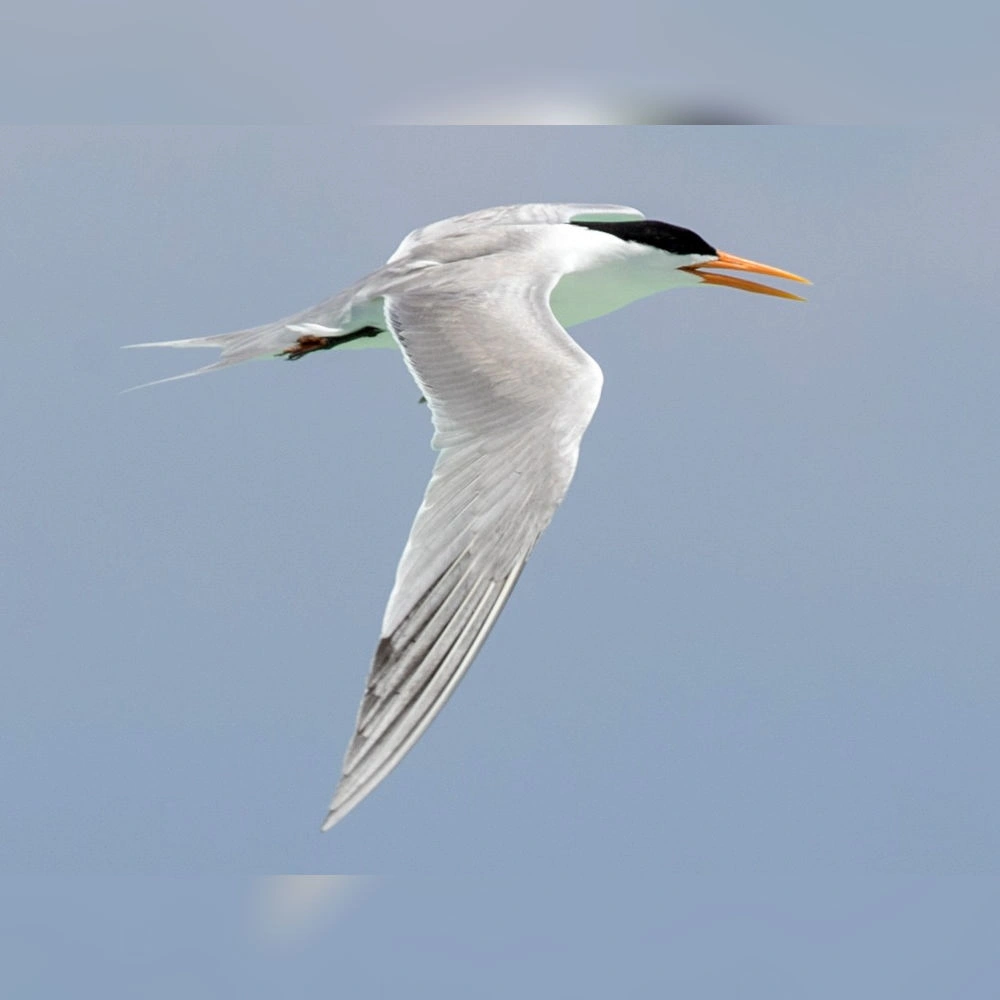
Lesser-crested Tern
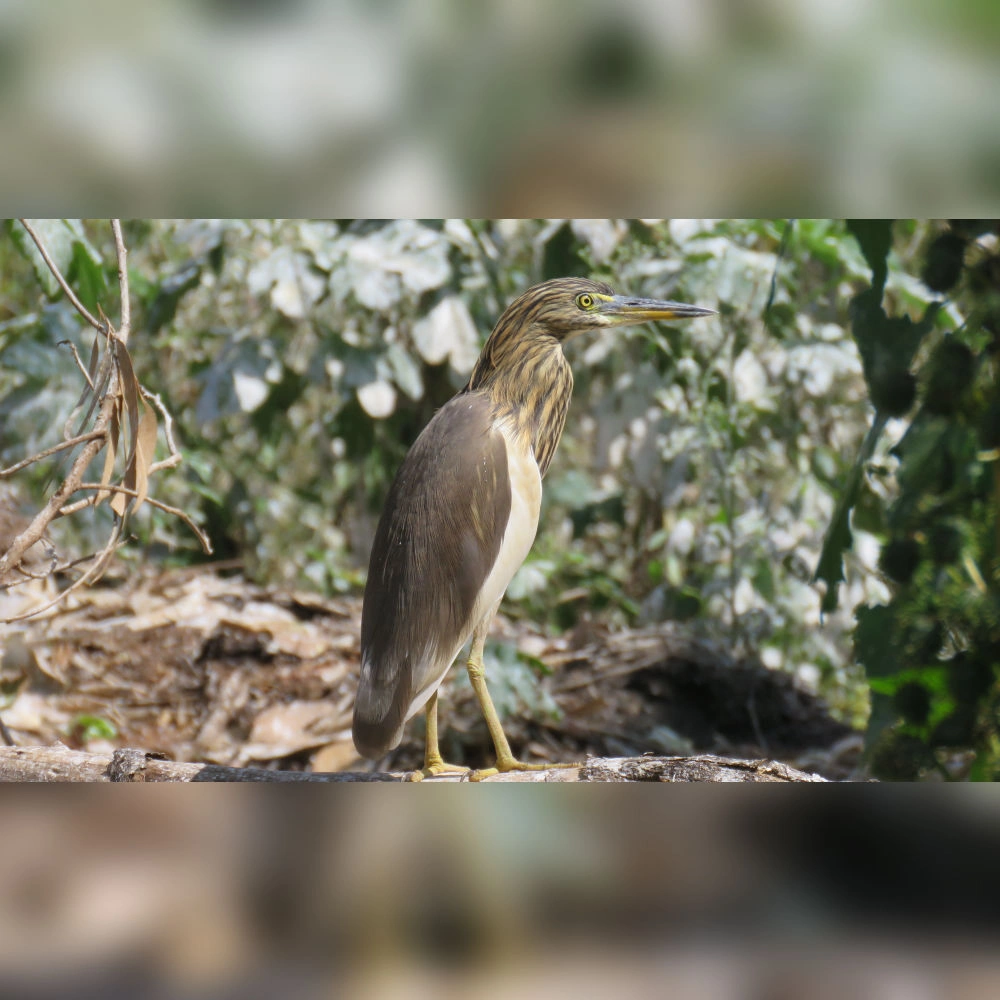
Indian Pond Heron
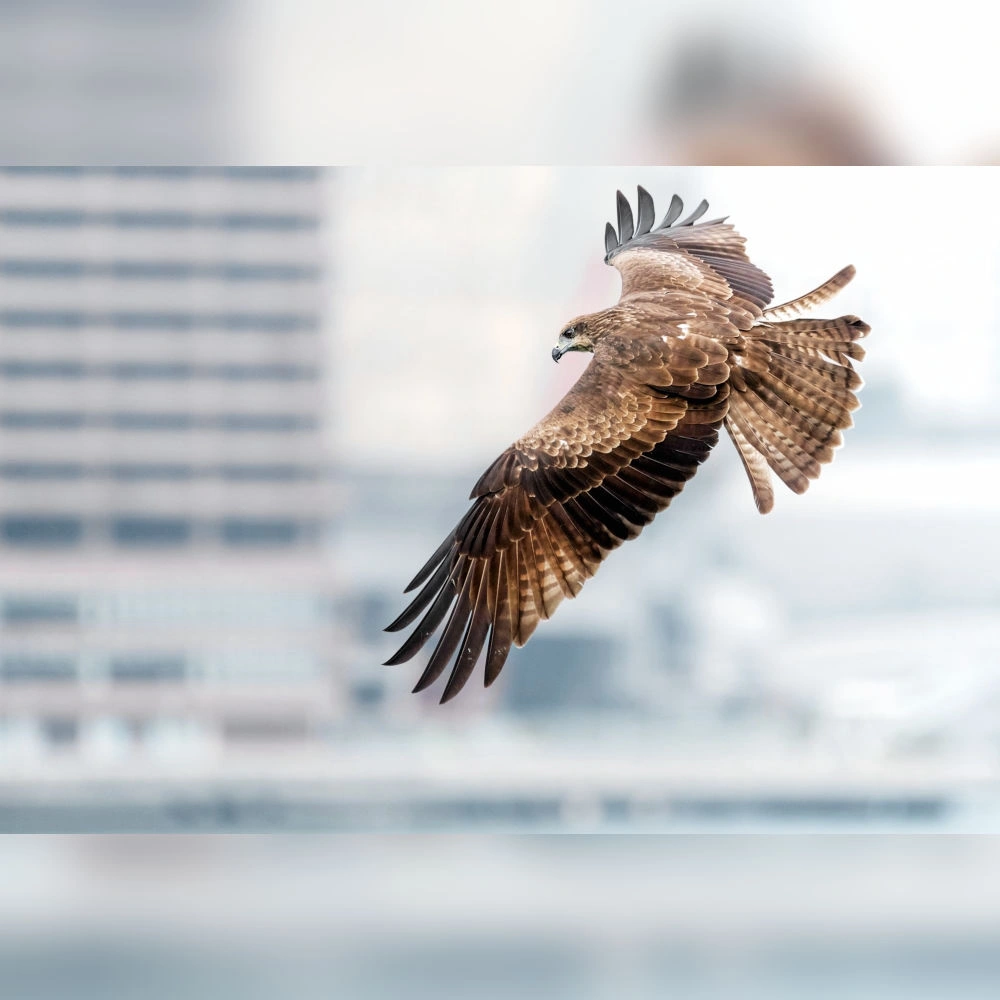
Black Kite
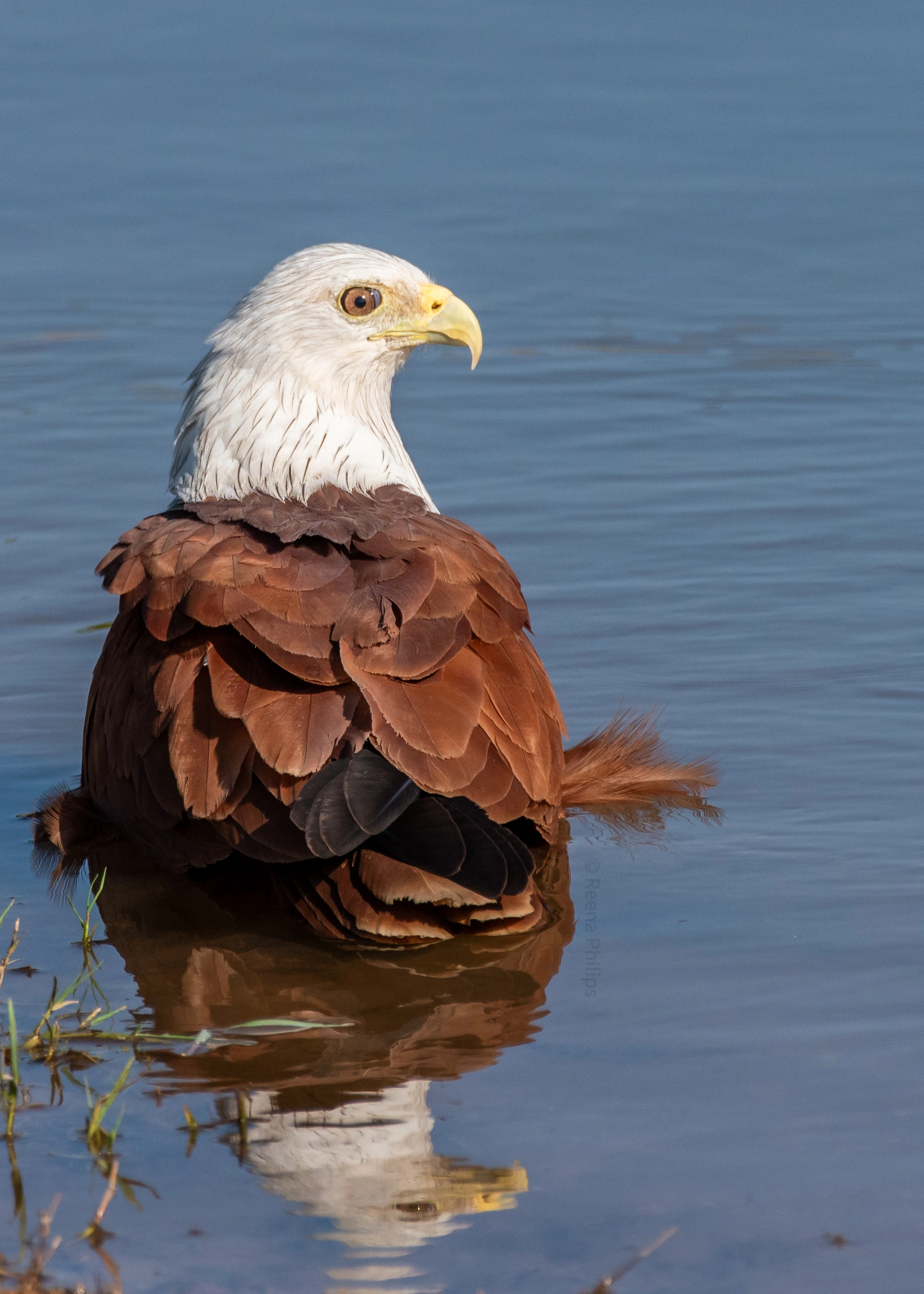
Brahminy Kite
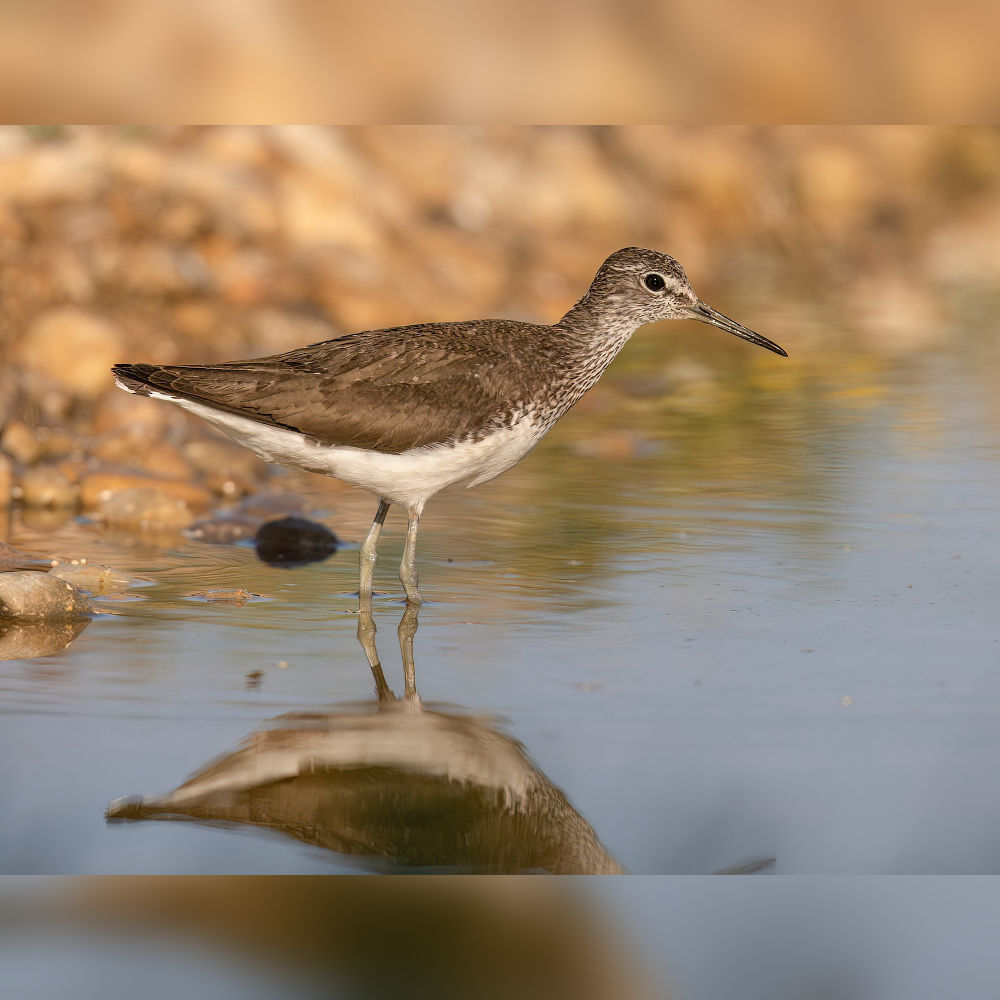
Green Sandpiper
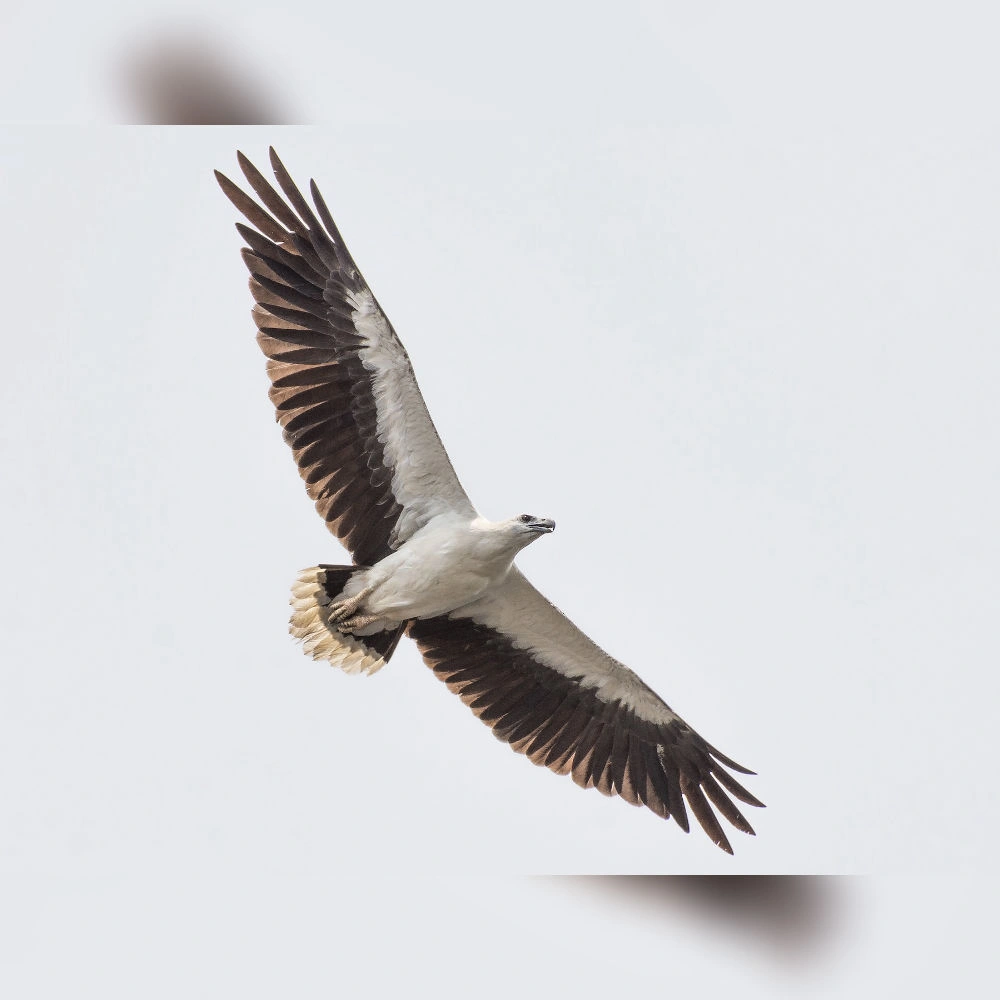
White-bellied Sea-Eagle
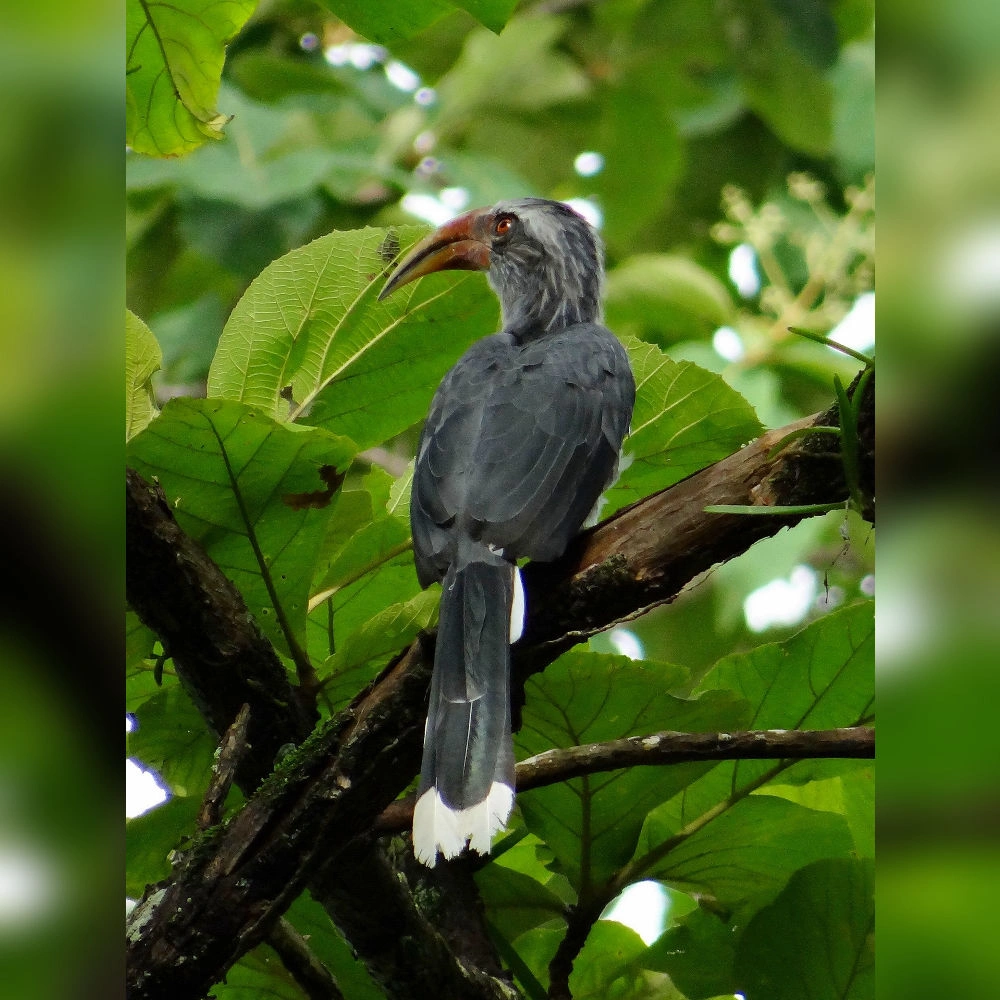
Malabar Gray Hornbill
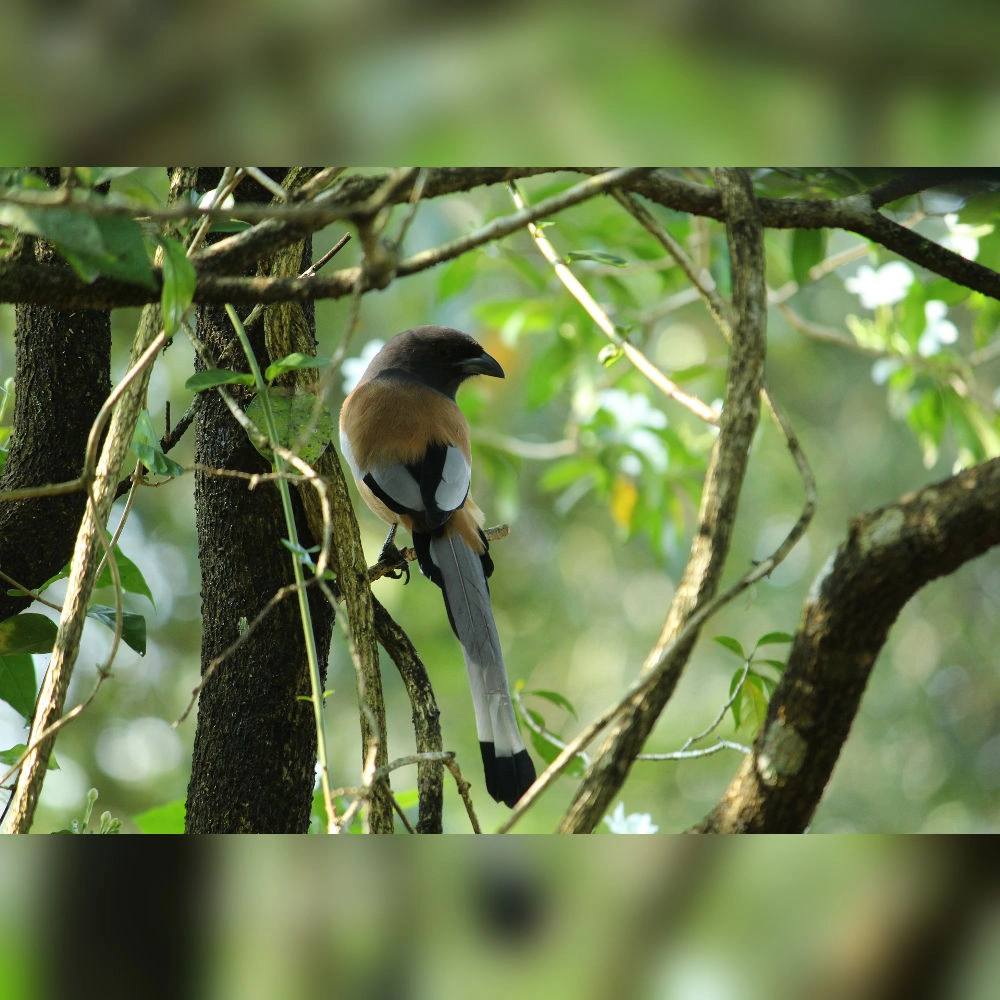
Rufous Treepie
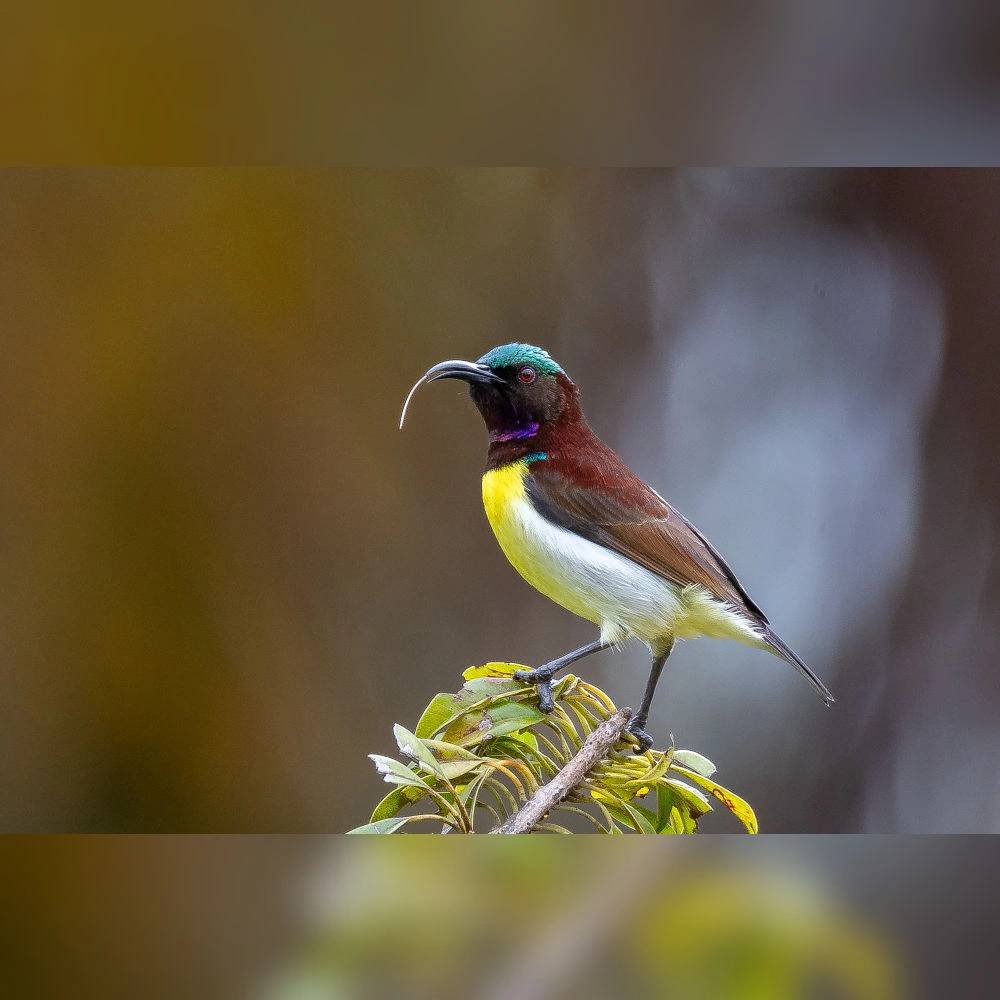
Purple-rumped Sunbird
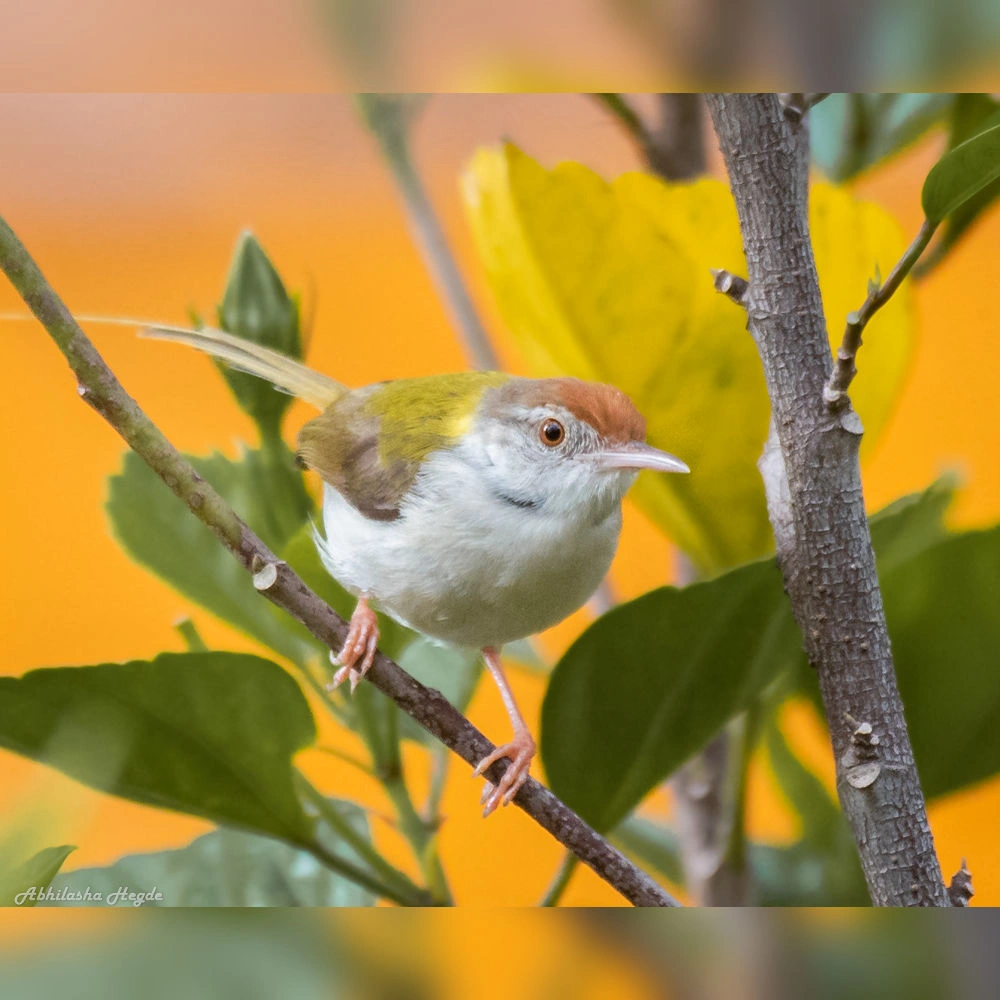
Common Tailorbird
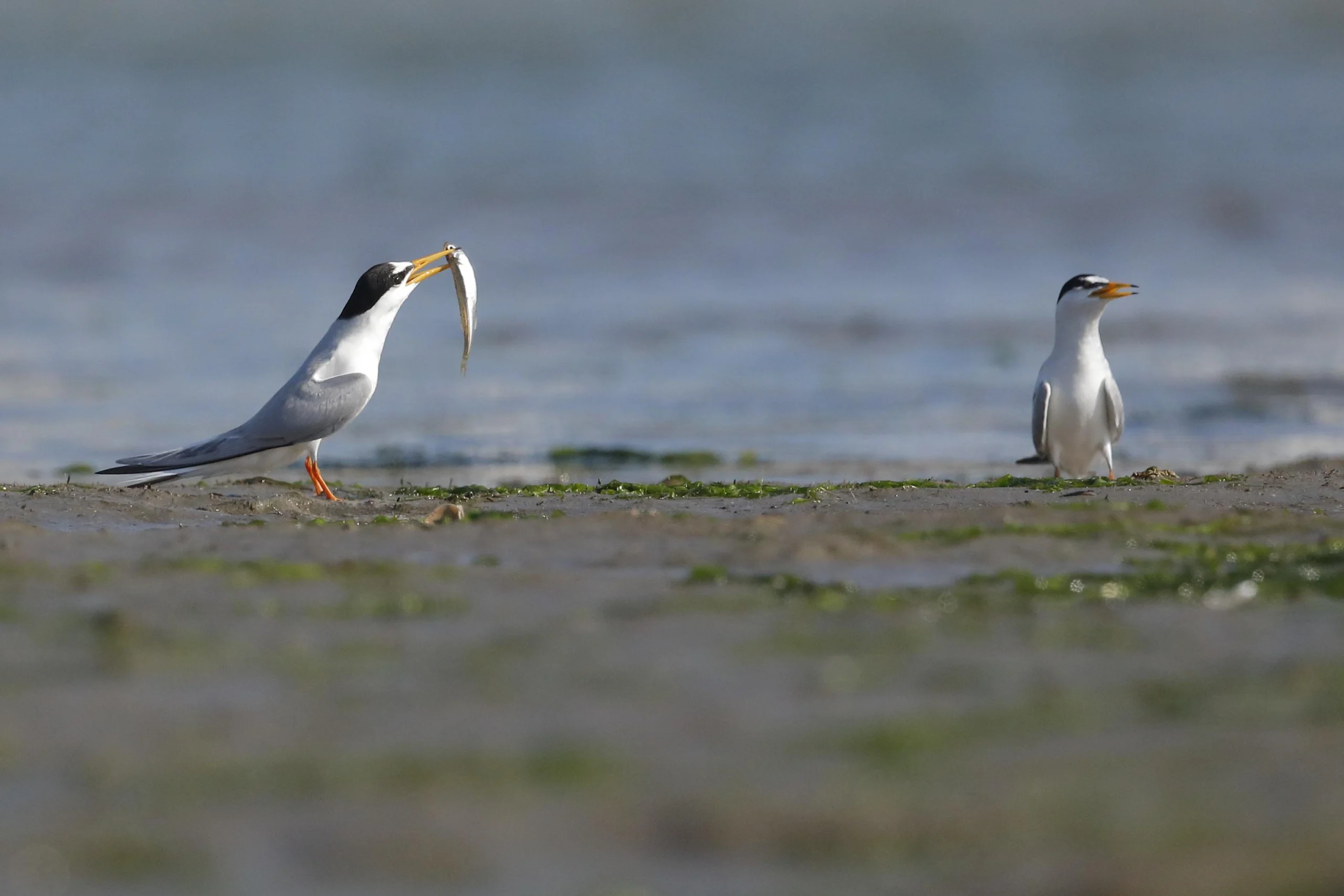
Little Tern
- Fee collected goes entirely to the bird guide. Ataavi does not retain or profit from this amount.


